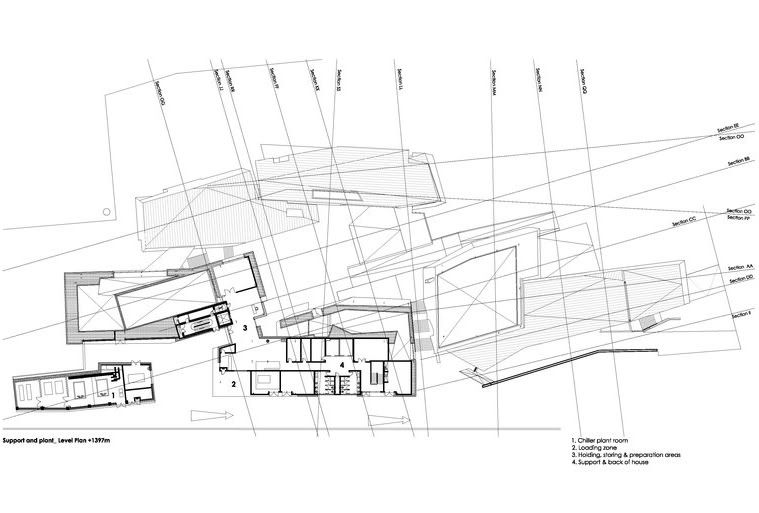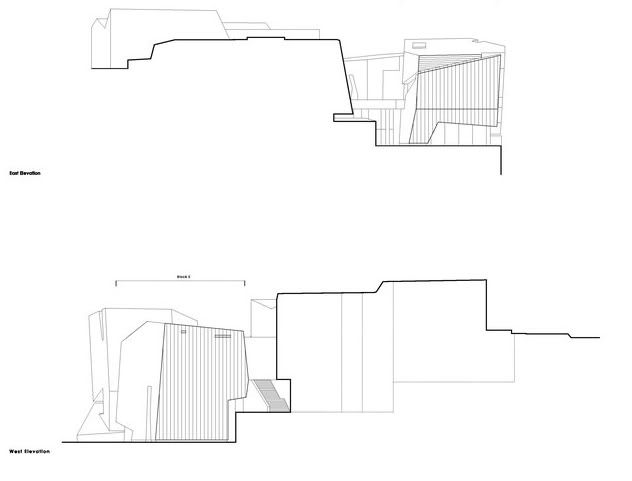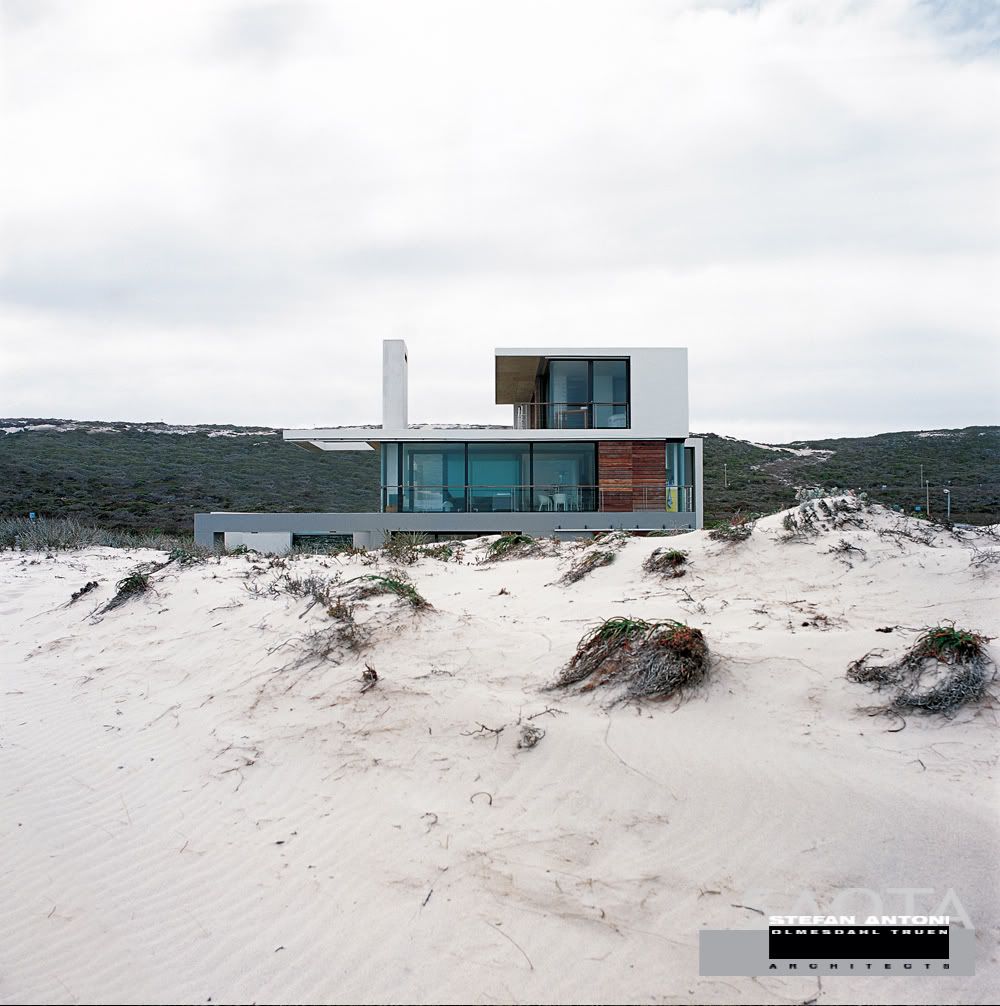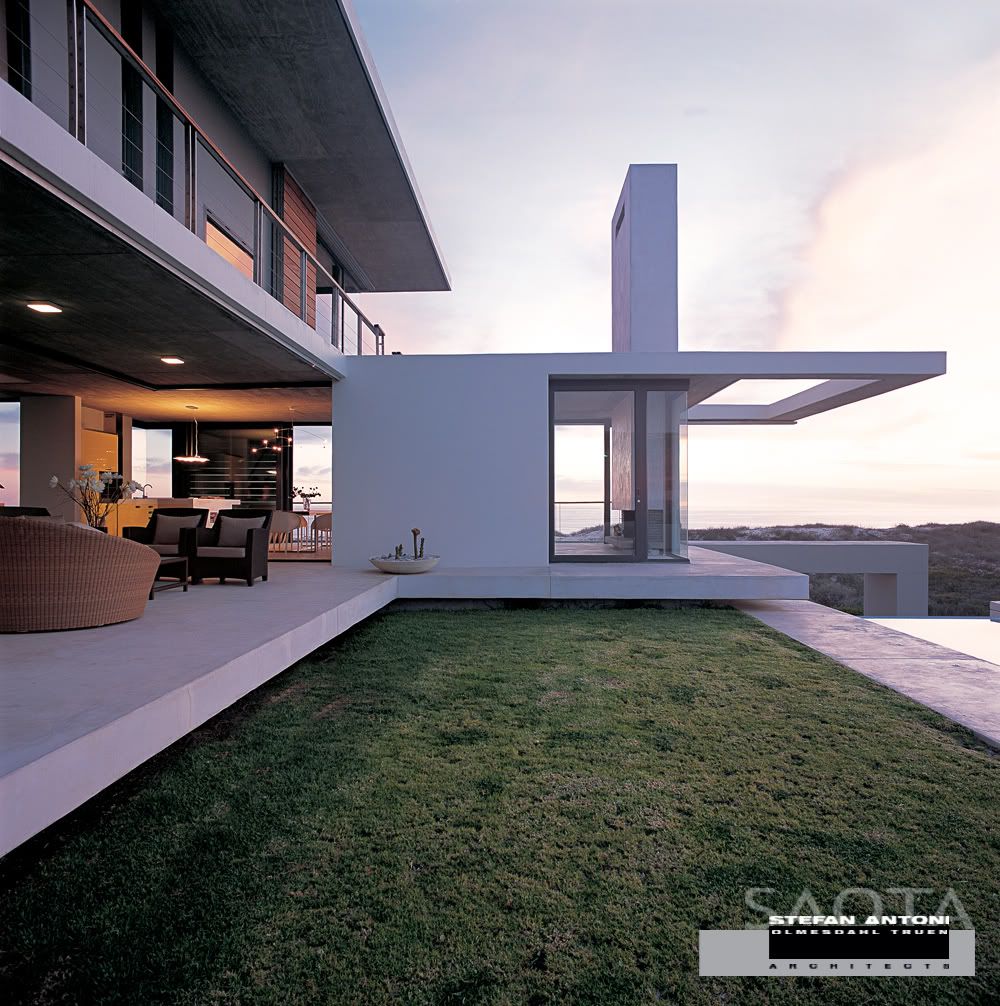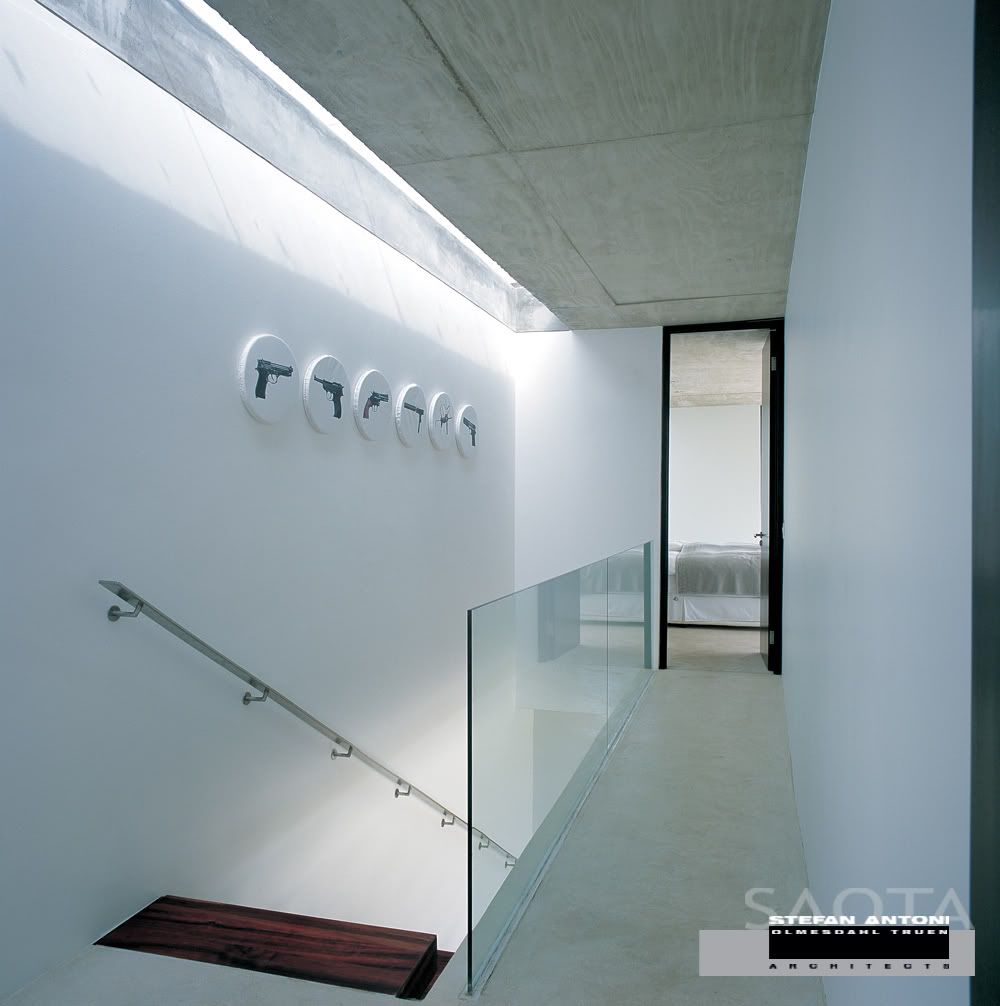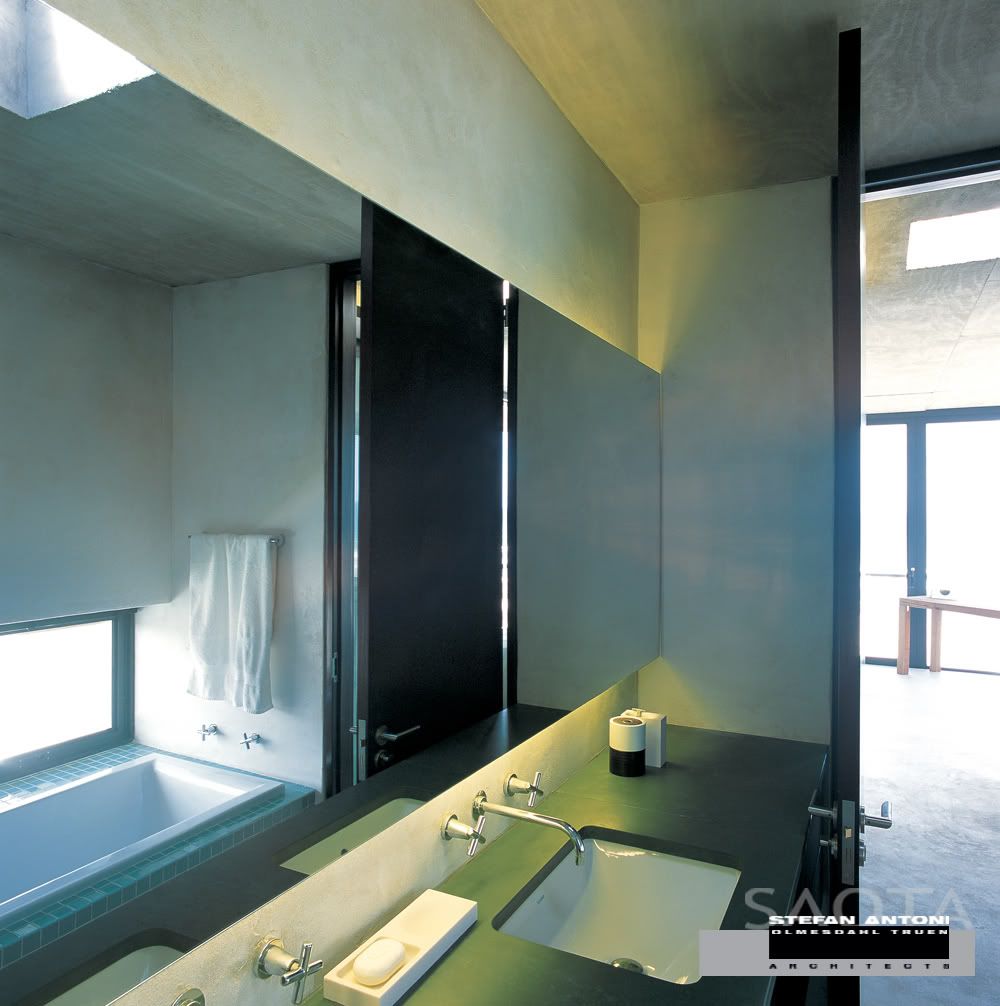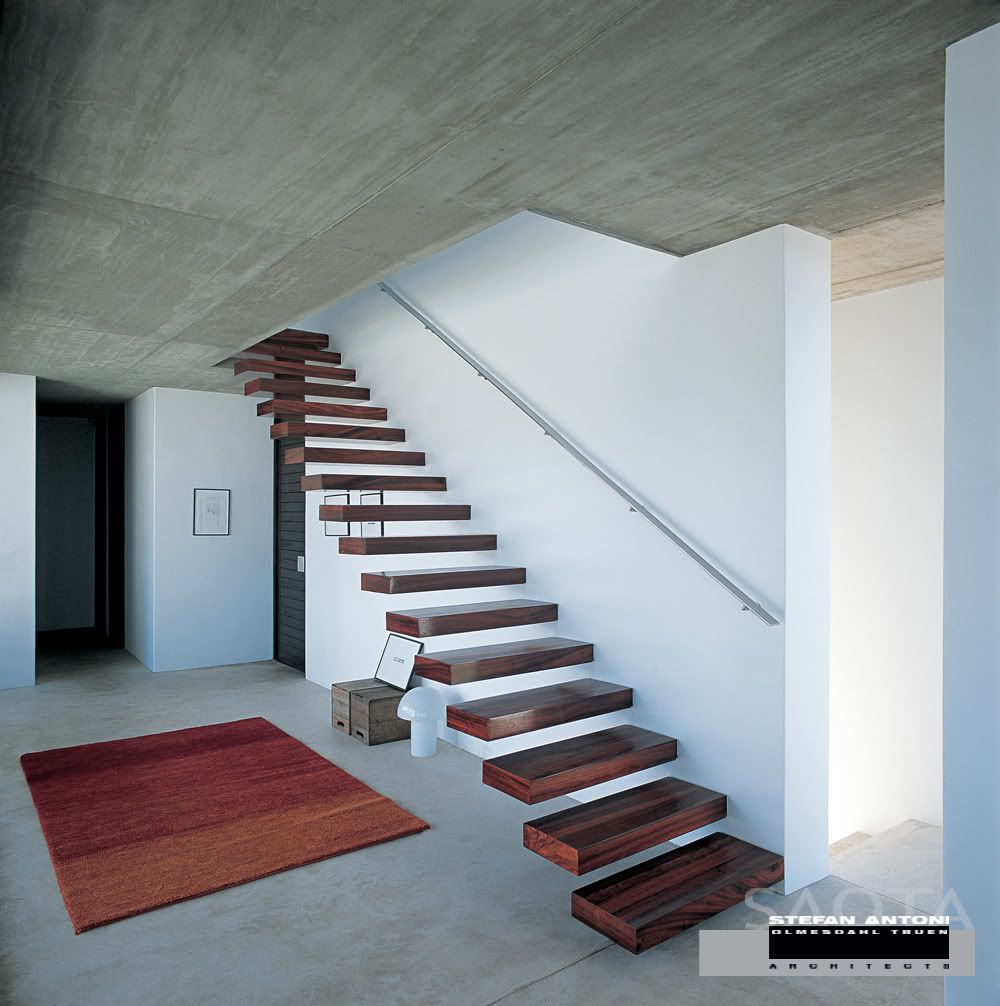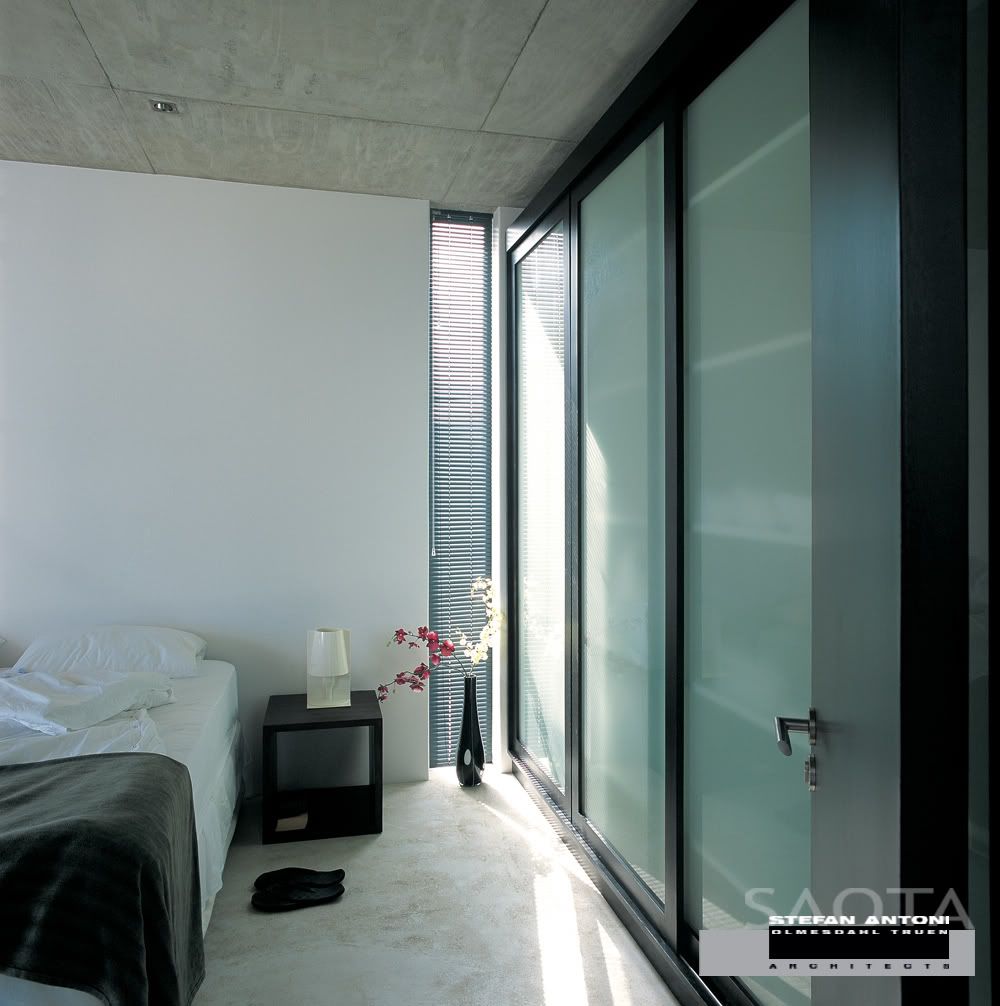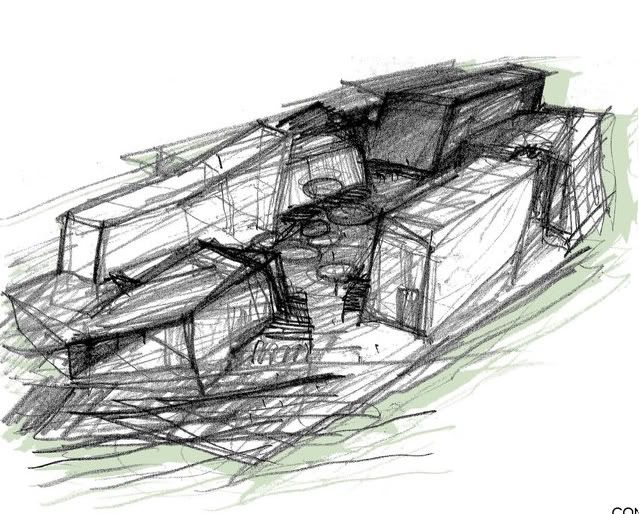

From a closer viewpoint the buildings which house the Freedom Park Museum, the Pan-African Archive, a centre for knowledge and a garden of remembrance are tightly conceived both spatially and symbolically.
Spatially the series of abstracted boulders rise out of a gently landscaped plaza, breach, break, curve and fold into deep, dim fissures. These complex irregularities mimic an ancient landscape and in so doing provide a variety of exhibition spaces delineated by differences of lights and volume.

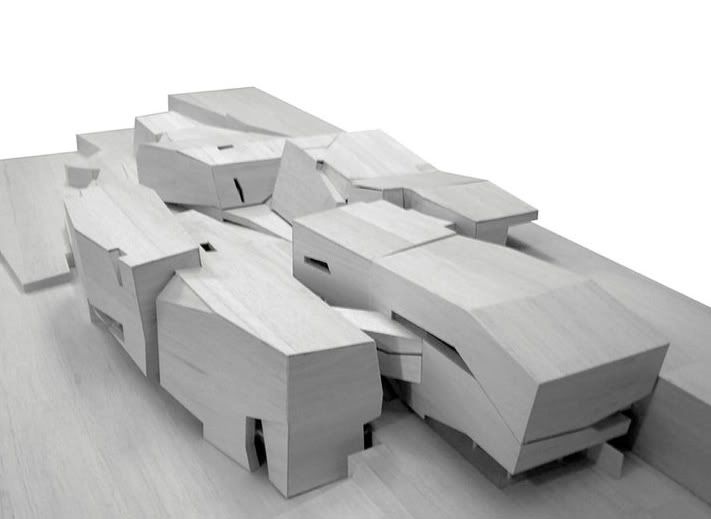
 MODEL SHOTS
MODEL SHOTS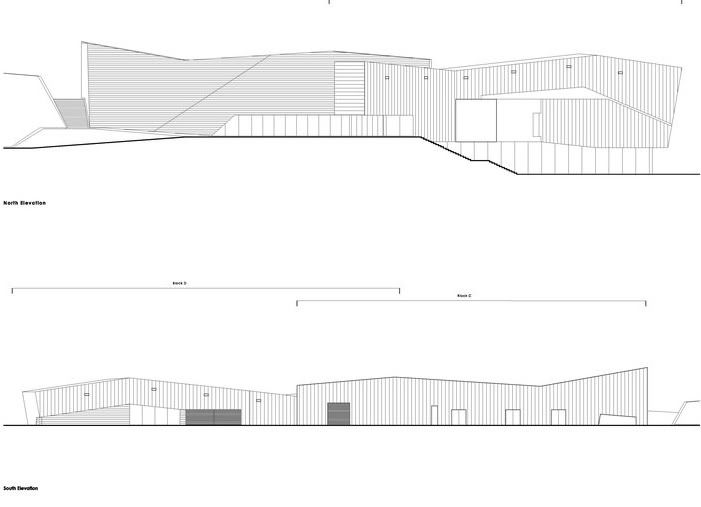

Symbolically the copper cladding alludes to the abundant material traded and worked throughout Southern Africa for millennia whilst facilitating the complex surfacing that will, with time, develop a transformative and earthbound patina. The boulder-blocks themselves speak of mountainous shelters of Khoisan healers and pay homage to the rocky Highveld landscape.


Project Name : //Hapo Freedom Park Legacy Project
Location: Pretoria, South Africa
Architects: GAPP Architects and Urban Designers, Mashabane Rose Associates and MMA Architects, working The Office for Collaborative Design
Project Area: -
Project Year: 2010
Text: za_architecture


